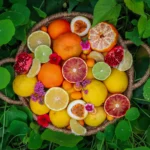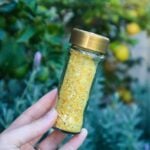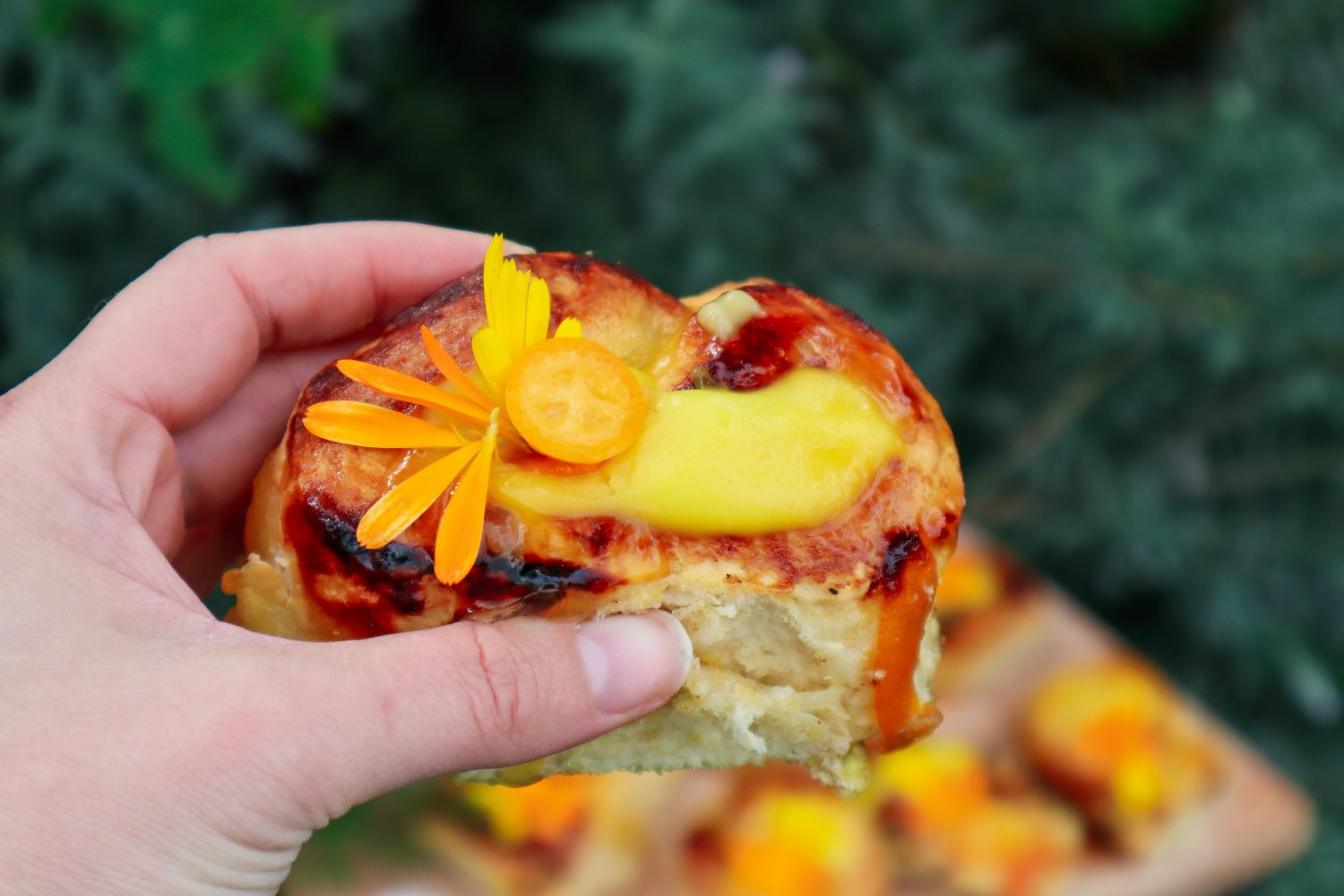Today I’m going to share with you 10 tips to grow more food from your edible home garden. These tips are so easy and you can implement them today to boost your garden’s production. No matter whether you are renting or living in an apartment.
It is no secret that we are facing a very real food security and shortage with many supermarket shelves completely empty. There has never been a better time to start growing your own food or ramp up your home gardens production. These tips will help you maximize the amount of fresh homegrown food you can produce from home. Starting NOW!





WATCH 10 tips to Produce more Food
10 tips to Produce more Food at Home
1. Trim your Herbs
Especially if they are starting to flower. Herbs such as Basil, Mint, and Thyme can all be grown in pots, and trimming the tops will promote a bigger bushier plant. When plants get hot, stressed, or are just left to just grow, they will send off flowers to produce seeds for another generation. Trimming off these seeds will let your herbs know that it’s not time yet, and to keep producing. Just chuck the tops and seeds back in the garden and they will sprout new plants, dry or preserve your herbs, or pop the purple stems in vinegar and make a vibrant basil infusion! You can then use this to make salad dressings by mixing with a little olive oil and lemon juice.


2. Regularly Plant “quick-to-grow” Crops
Quick-growing crops are great to continuously interplant in your garden to get quick wins. Edible plants such as Radish and Rocket are super quick to germinate and grow. Plant radish in the gaps of your garden for quick and easy food production. Radish is ready from seed to table in just 28 days and is one of the quickest things you can grow! Radish not only provides fresh crunchy vegetables to add to salads but you can also eat the leafy tops by making pesto or chimichurri. If you are not a fan of the spicey radish, then try them with your roast veggies! So sweet and delicious!


3. Succession Planting
A little planning goes a long way in an edible home garden. If you know your veggies will be finishing up soon, plant new seeds to have seedlings ready to go. You can plant your new seedling out before you have pulled out the old ones so that you can transition straight away and prevent empty spaces from going to waste without producing food. I also like to grow different varieties so I plant each type two weeks apart to help stagger the crops.



4. Hand Pollinate
In an ideal world we will have lots of bees and pollinators in our home gardens to do the work for us. This isn’t always the case, especially if you live in an apartment or your gardens are new. Hand-pollinating can help ensure more of your fruit and veggies are pollinated and set to form full-sized fruit. We definitely want to encourage bees and pollinators by planting flowers but hand-pollinating can be an added insurance. This works best on plants such as Melon, Squash, Zucchini, and Pumpkin. Click here for more info on how to hand pollinate.


5. Feed your Plants
Whether you make homemade compost teas, worm wee, fresh compost, dried Banana Peel, compost manure, or use organic liquid seaweed. Regularly feeding your plants 1-2 times per month can accelerate the growth and boost the health of your soil.





6. Harvest Crops Regularly
Your plant’s main goal is actually not to make delicious food to feed us humans… but to produce seeds to secure its future generation. If the plant feels it has enough fruit or vegetables produced with seeds it will slow or stop producing. Regularly picking your harvest when it is just ready will make the plant think that it has lost its seeds to predators so it will continue to produce more and more. So try not to leave things too long on the plant once they look ready. This also reduces the risk of other critters nabbing your produce first too.



7. Learn more about Root to Shoot
Conventionally 30-50%, maybe even more of the edible plants are discarded. Crops such as Beetroot leaves, Carrot tops, Brassica leaves and stems, Sweet Potato leaves, male Pumpkin or Zucchini flowers, and so much more! Learn what parts of the plant are edible and you could double the amount of food you have in your garden in a matter of hours!! I have some recipes on my blog but this is something we dive deeper into inside my membership.




8. Plant Perennials
Perennials are plants that last longer than 2 years. These may be a little slower to establish but once they do, they produce an abundance of food with just a little maintenance. These are plants such as Berries, Fruit trees, Artichoke, Asparagus, perennial Spinach varieties, Rhubarb and so much more! Having perennials in your garden will help you maintain your food supply. I also have an article on A-Z edible perennials available inside my membership.



9. Stack in Time and Space
Use the space you have in your edible home garden to grow both horizontally and vertically. This can maximize the amount of food you can grow. Having a trellis at the back of your garden or container can help create structure and expand your food production capabilities. I also let plants use my fruit trees to grow up. Whether that’s beans, tomatoes, melons, or pumpkins. Growing vertically can double the amount of food you can grow in a single space. Stacking in time is just like succession planting. Plant crops that will be starting to take off as the previous ones are finishing up. If you have a vertical crop that may produce more shade on the lower levels this can also provide a cooler climate to grow some more sun-sensitive crops such as lettuce. Especially in these hot summers.
10. Utilise Space with Container Gardens
Even if you have a large veggie patch, container gardens still have plenty of use. Container gardens are great for growing prolific plants that can be a little invasive. These are plants such as Mint, Nasturtium, and Sunchokes. Not only will you get lots of food but your precious garden space won’t be overrun with the weed-like growth of these plants. Containers are also good for maximizing the sun and shade. You can move them around during the year to follow the sun or reduce the amount of direct sunlight in summer.



Start TODAY with these 10 tips to produce more food from your edible home garden! Let me know if any of these tips sparked inspiration with you in the comments below.




